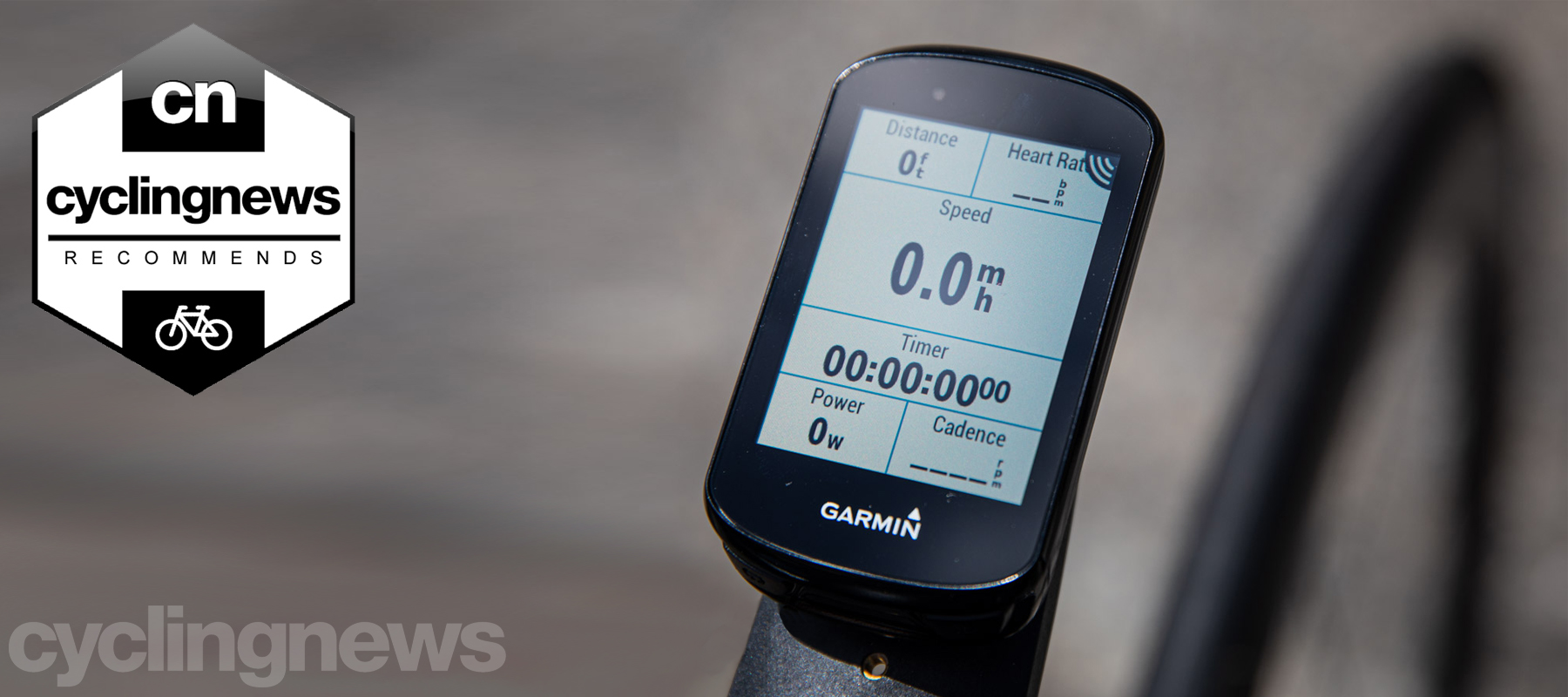Cyclingnews Verdict
The Edge 830 is a powerful training tool and offers robust mapping both on- and off road but it's held back by issues with firmware
Pros
- +
2.6in touch screen
- +
Improved processor
- +
ANT+ and Bluetooth
- +
Trailforks integration
- +
Firstbeat and cycling dynamics
Cons
- -
Overly sensitive incident detection
- -
Issues with syncing still present
You can trust Cyclingnews
Garmin announced the Edge 830 a little over a year ago boasting a slew of new features for both road and mountain bikers. Overflowing with all the bells and whistles, an improved screen and faster processor, it seemed as though the GPS giant finally expelled all the known gremlins with the Edge 830 but just how well does it stack up against the best cycling computers?
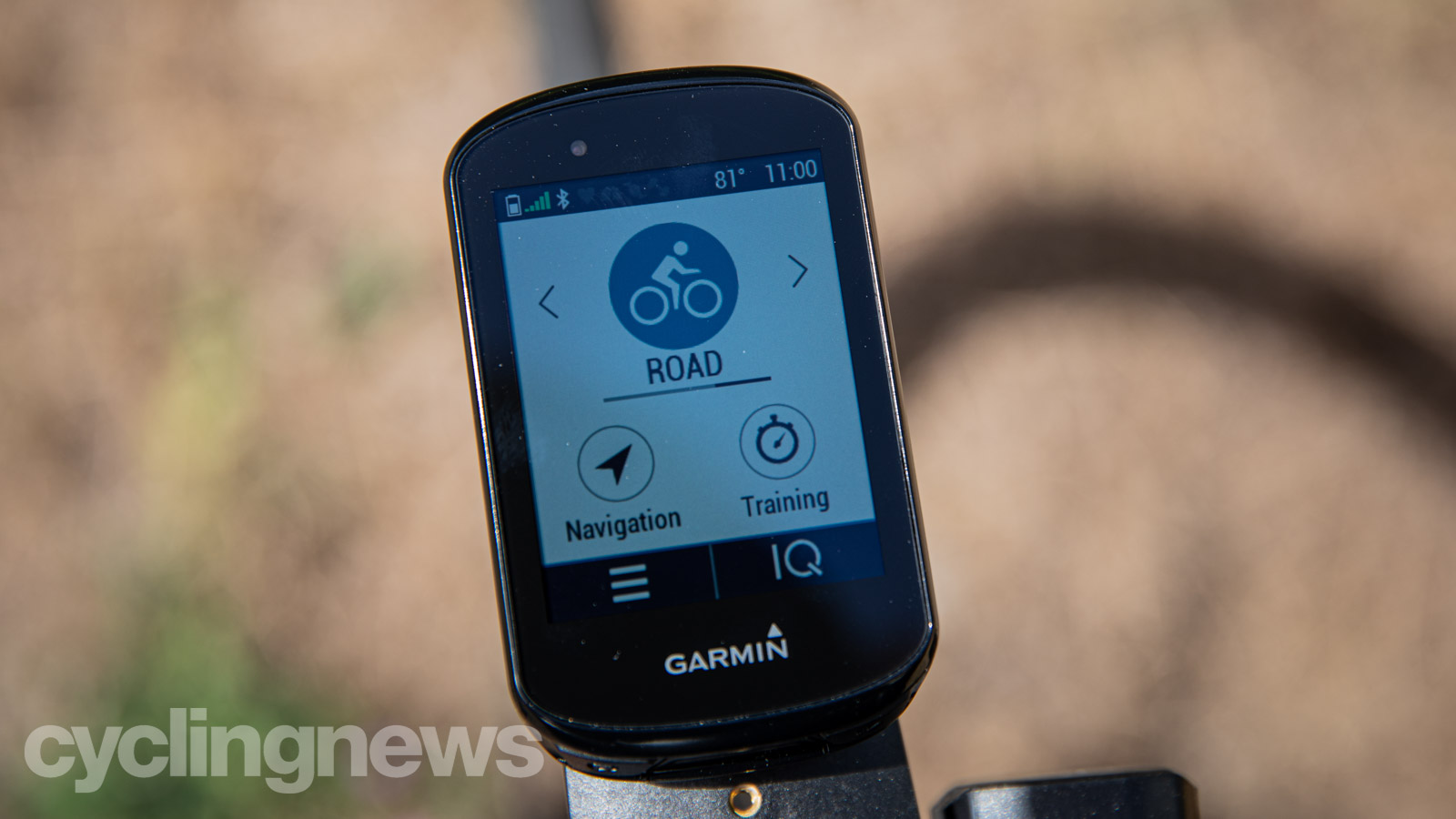
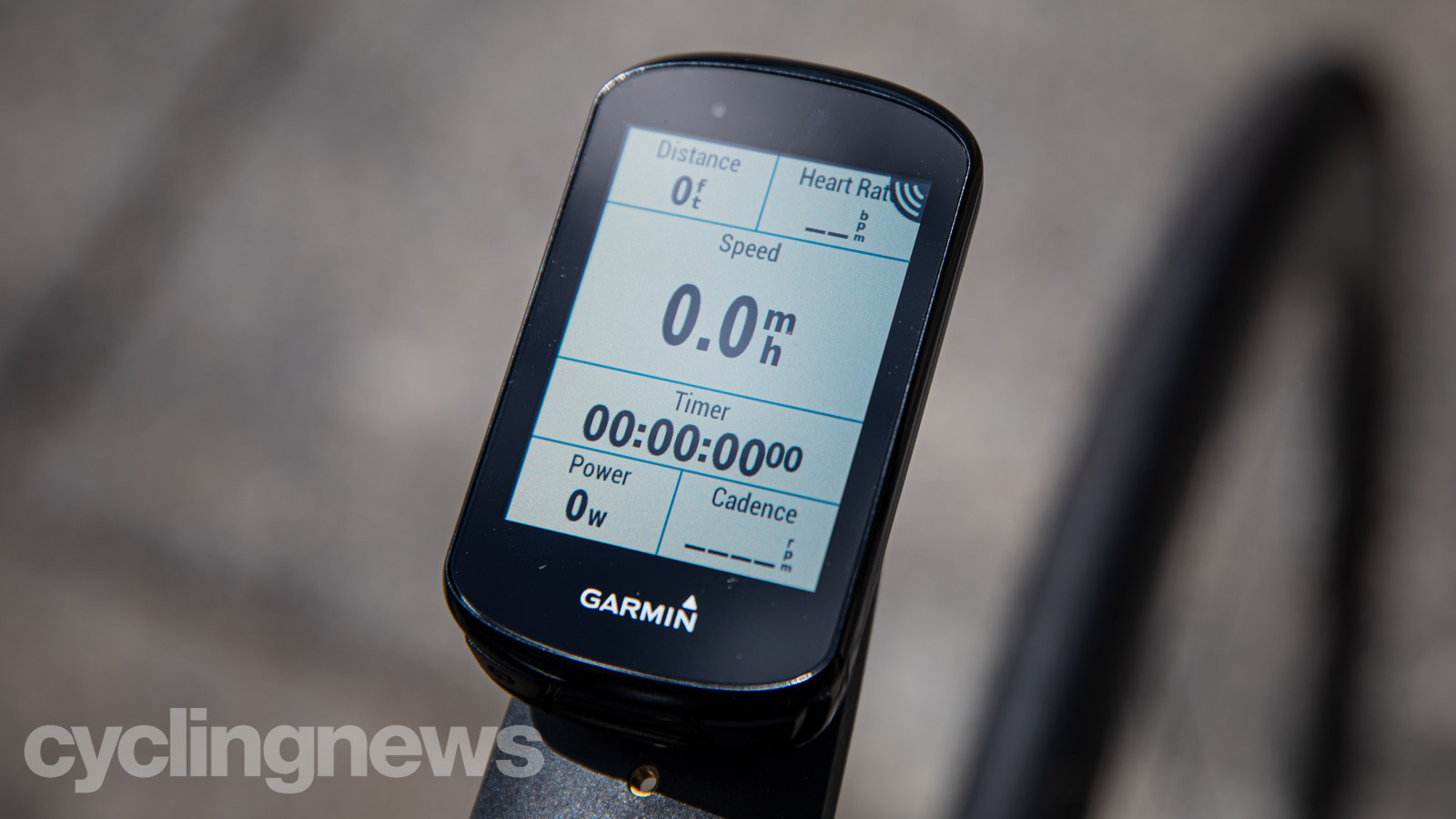
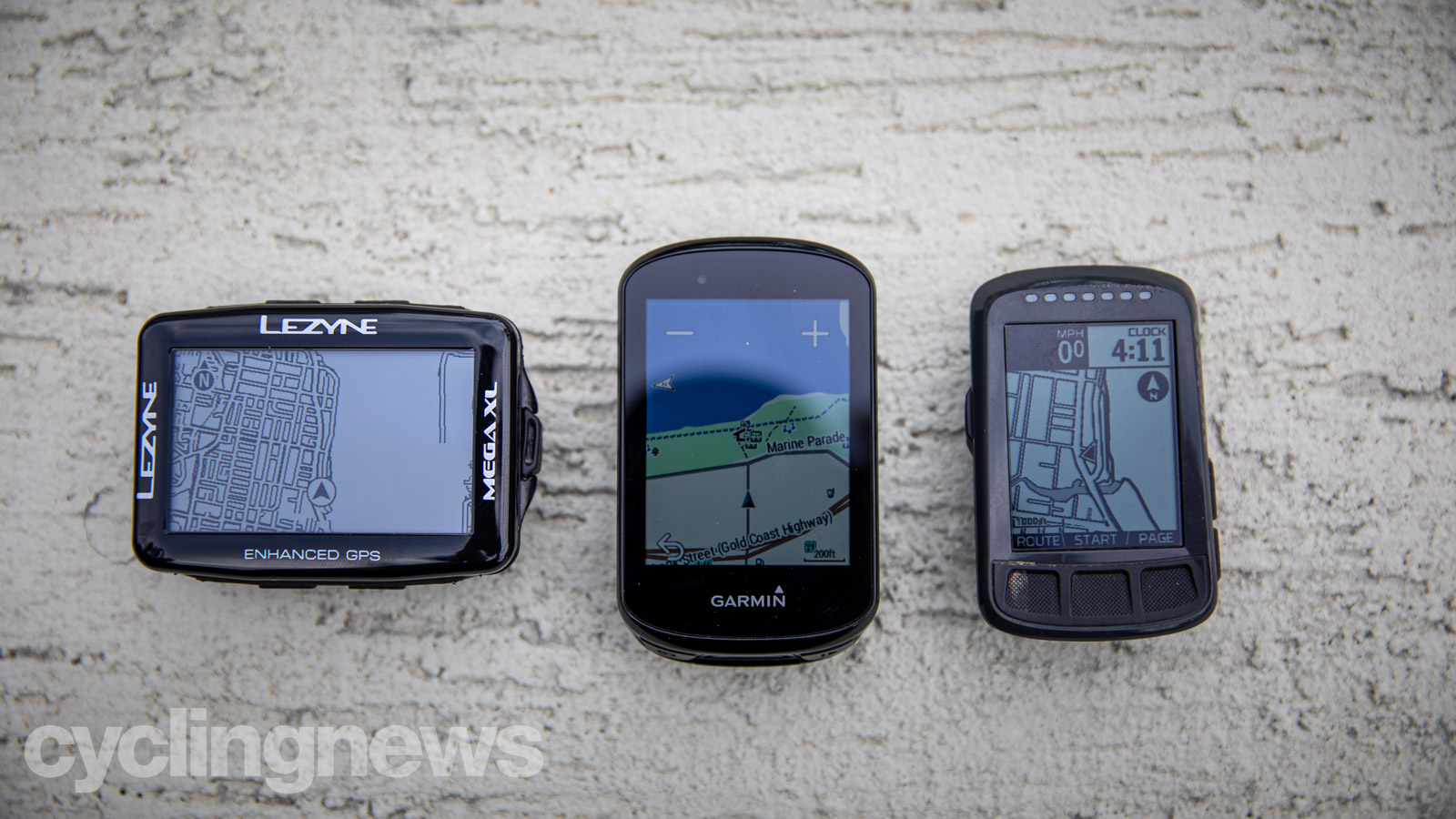
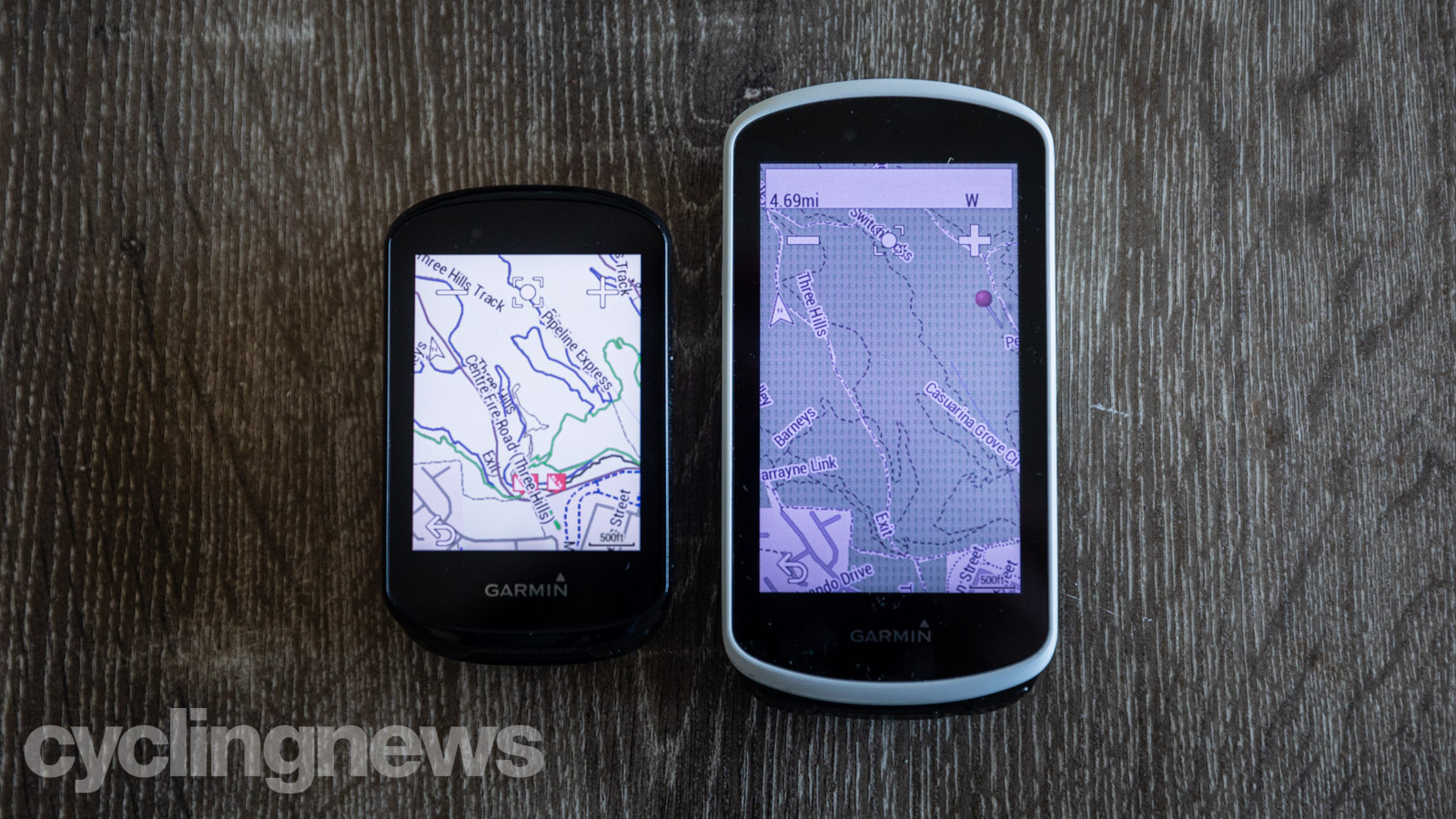
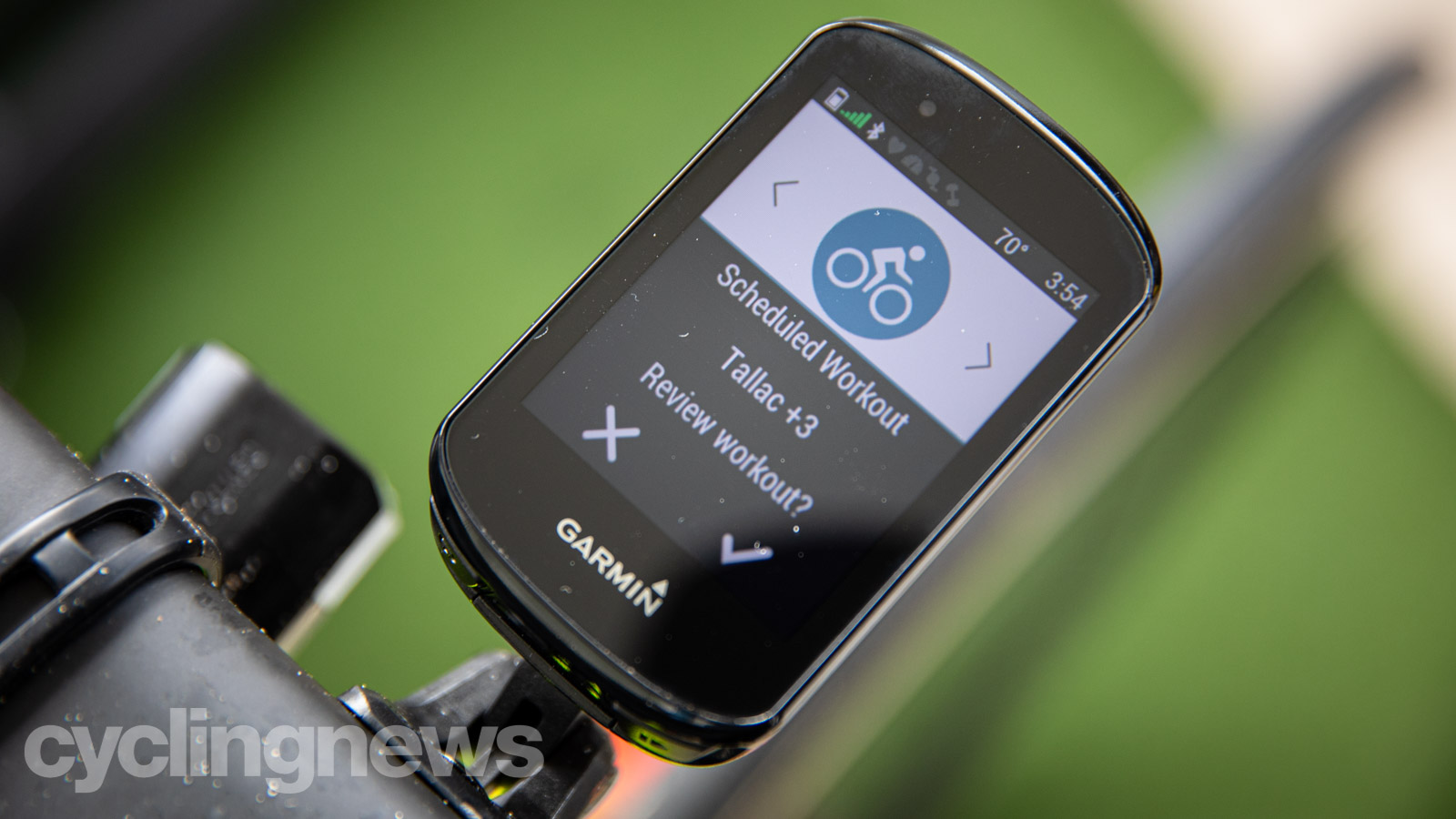
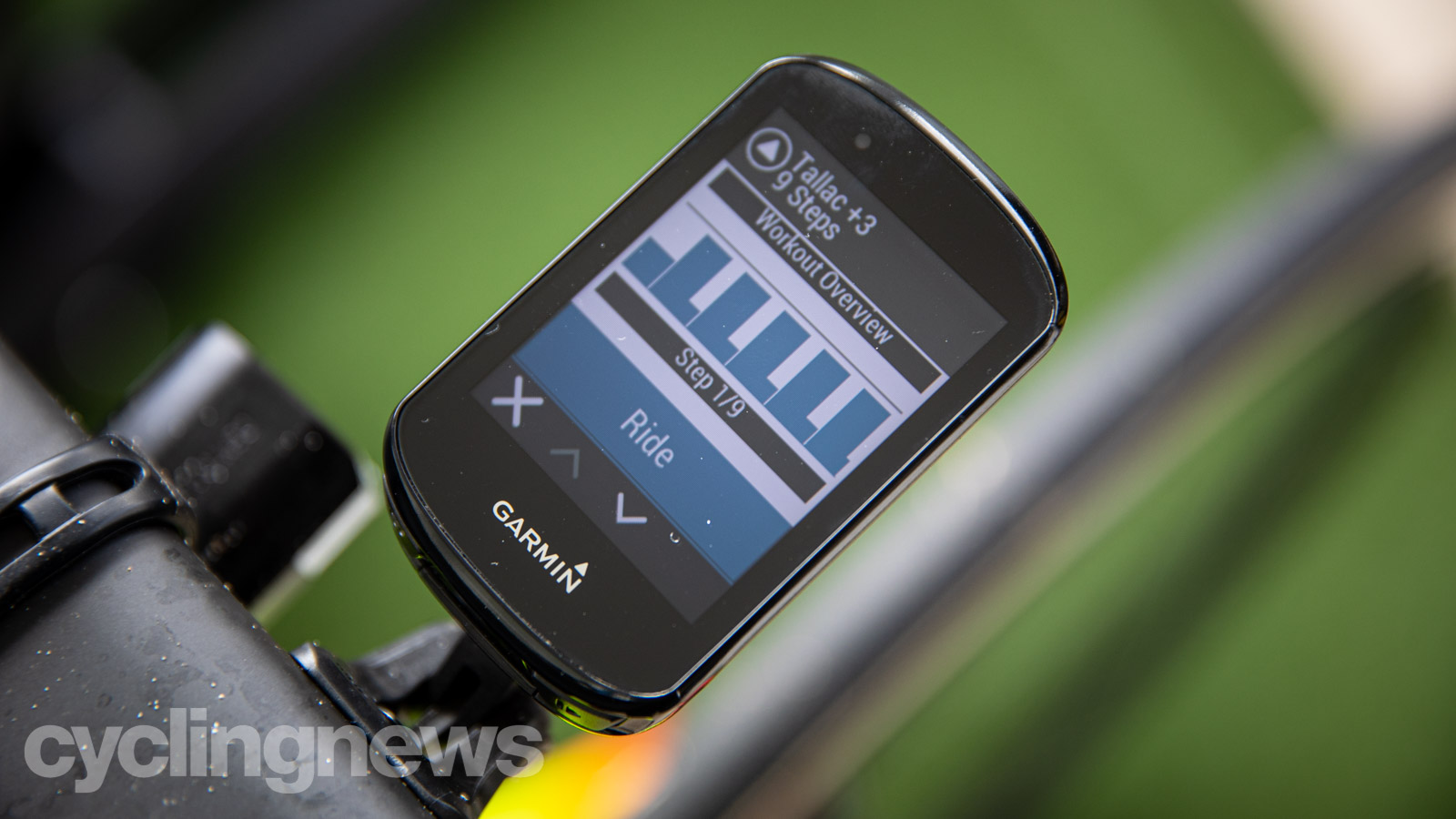
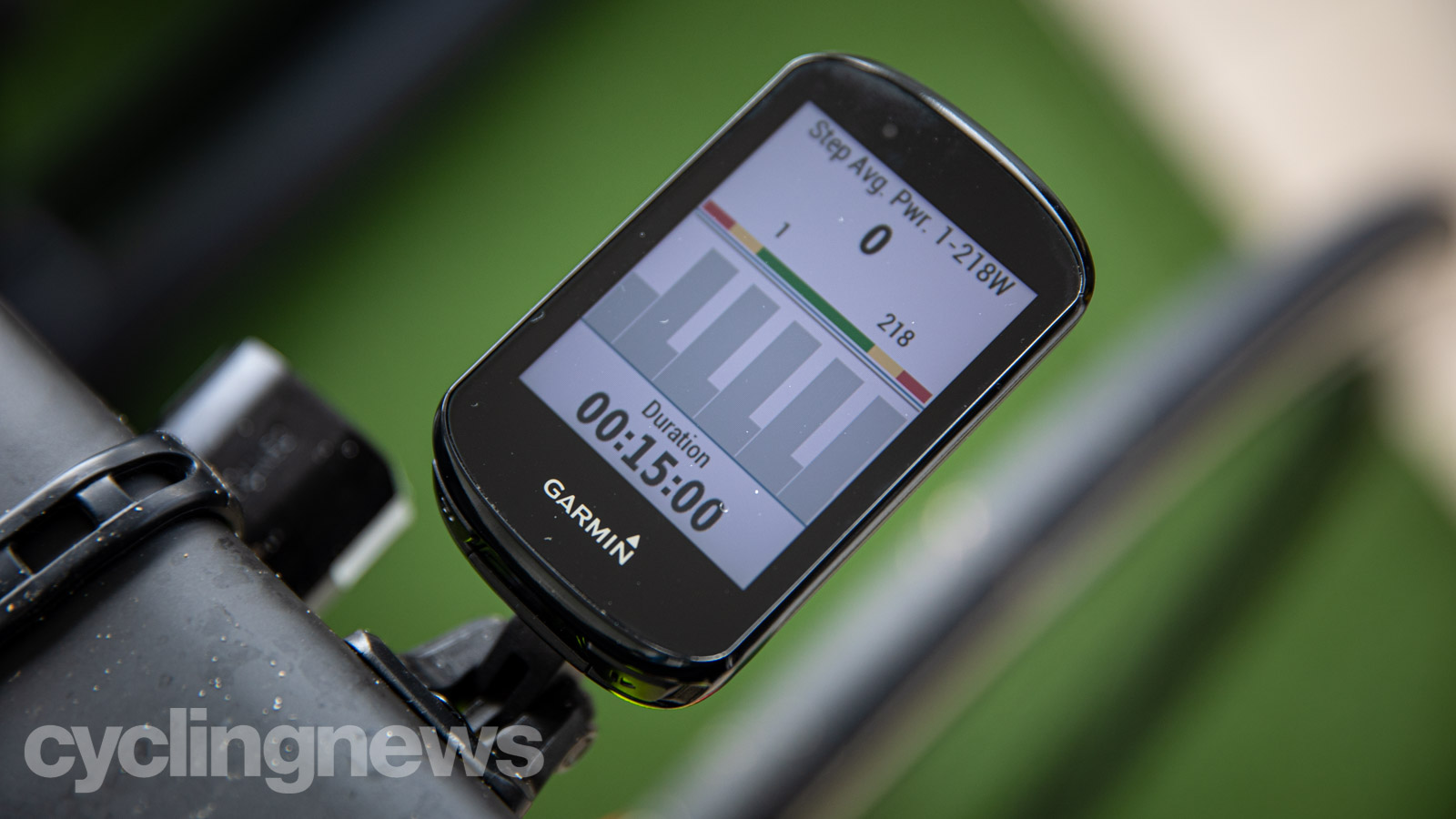
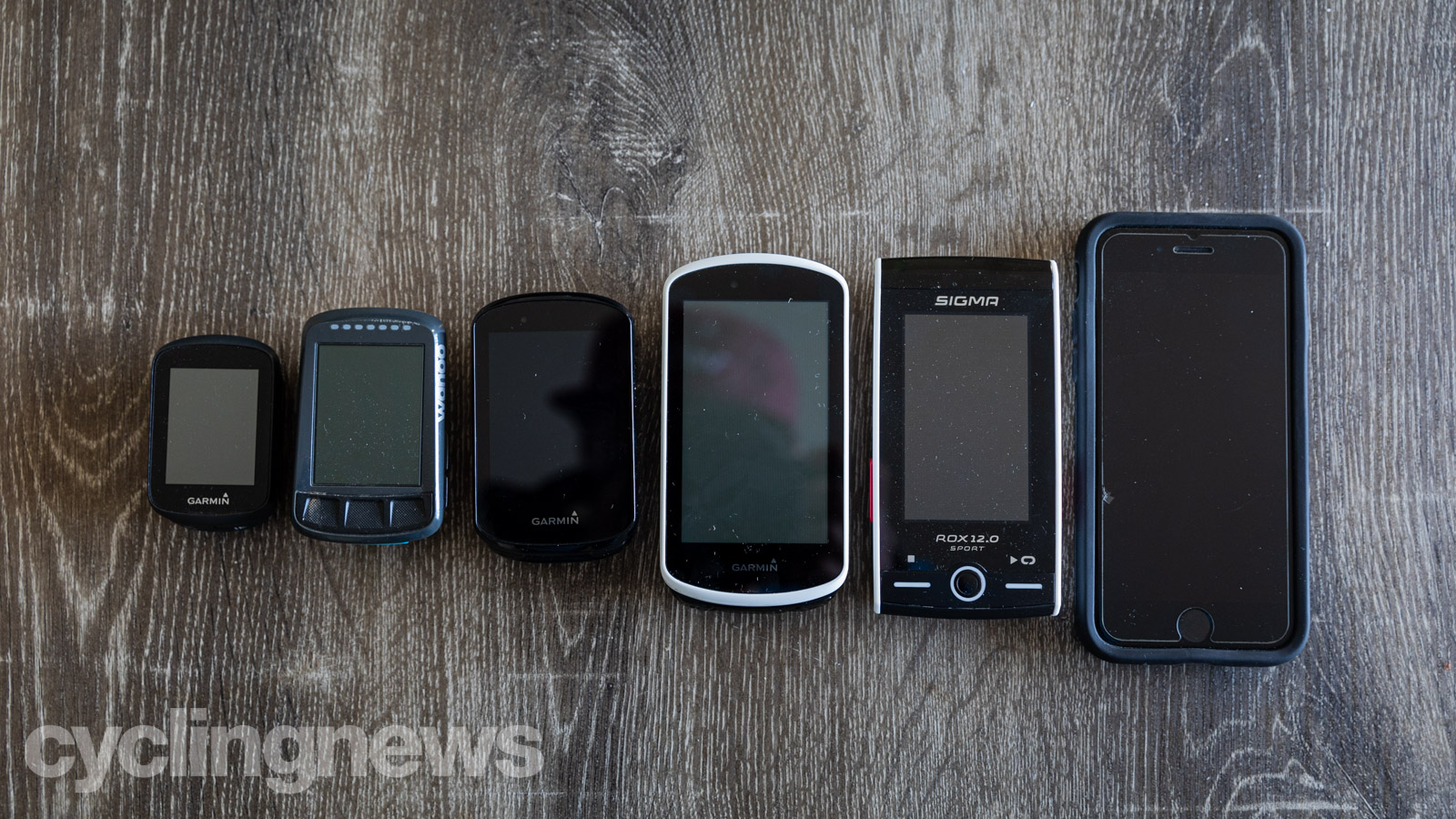
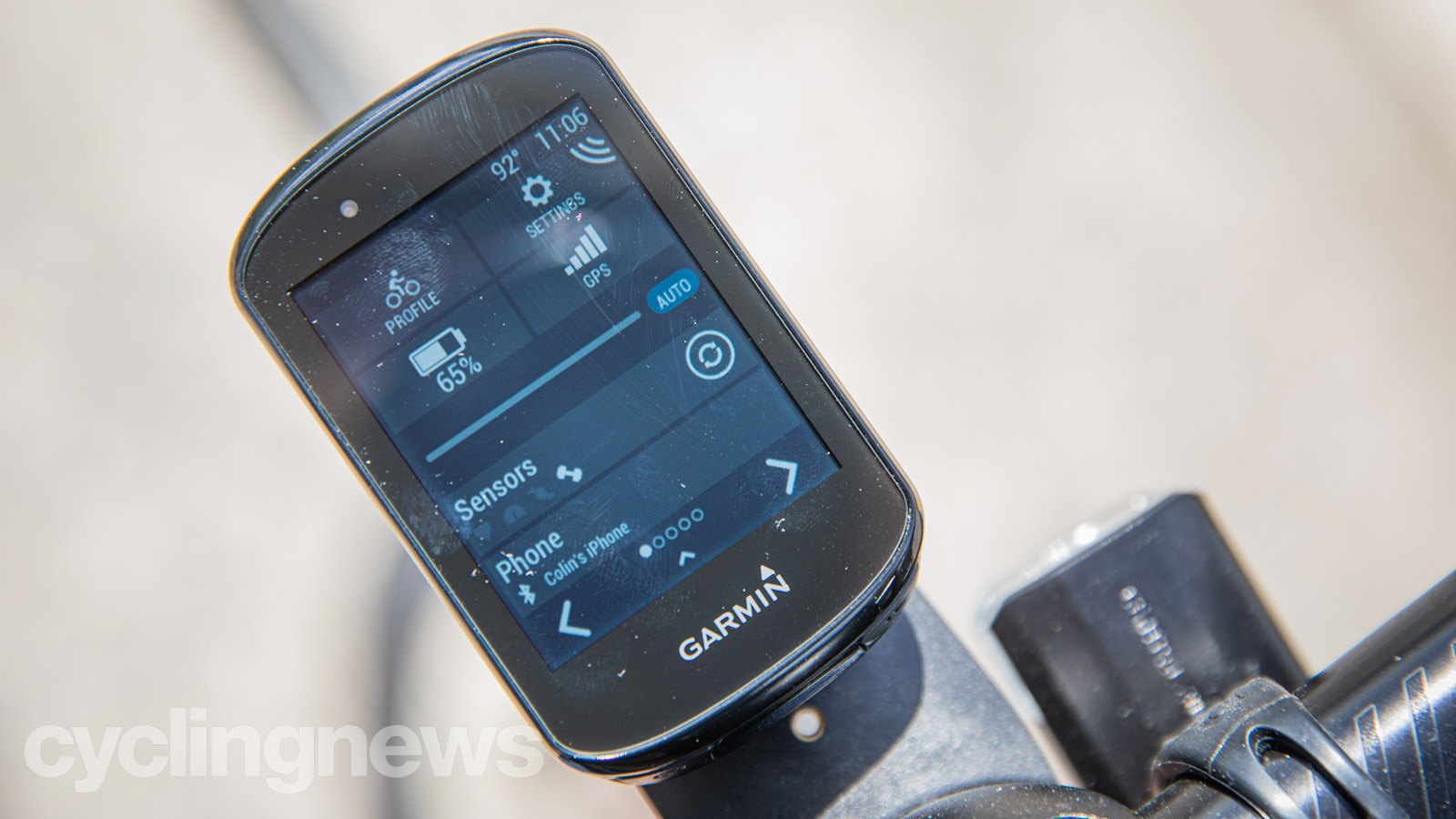
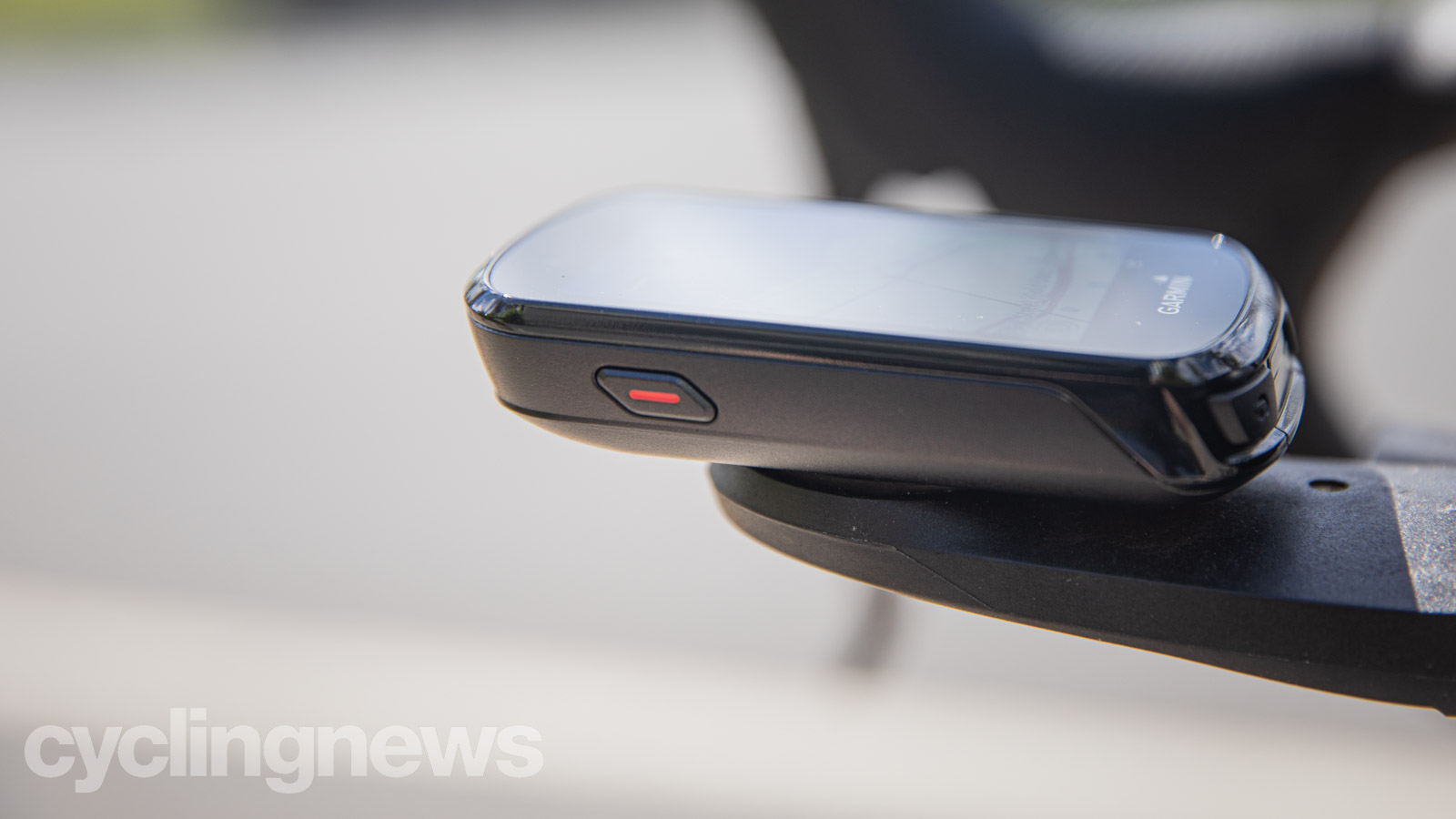
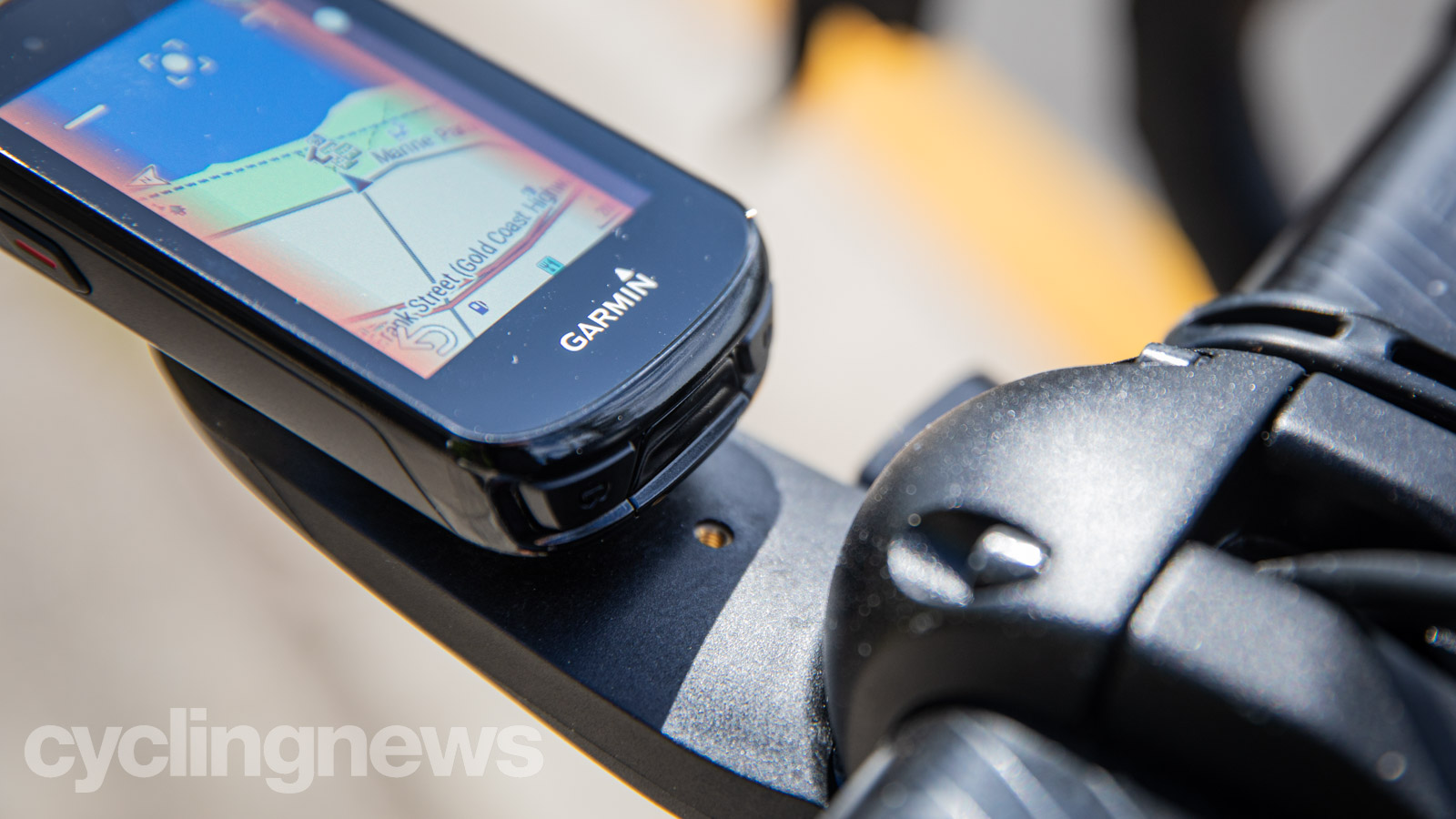
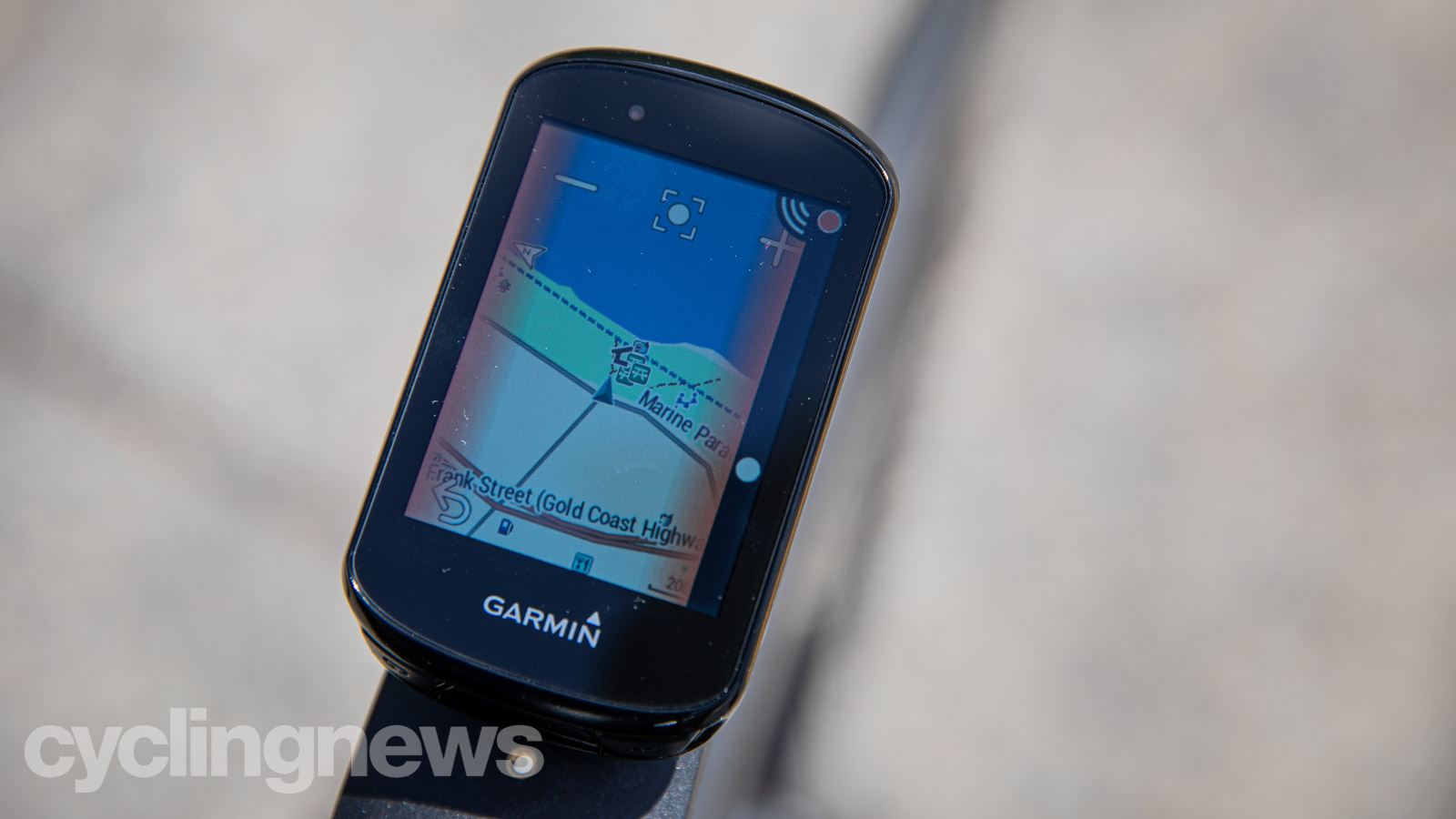
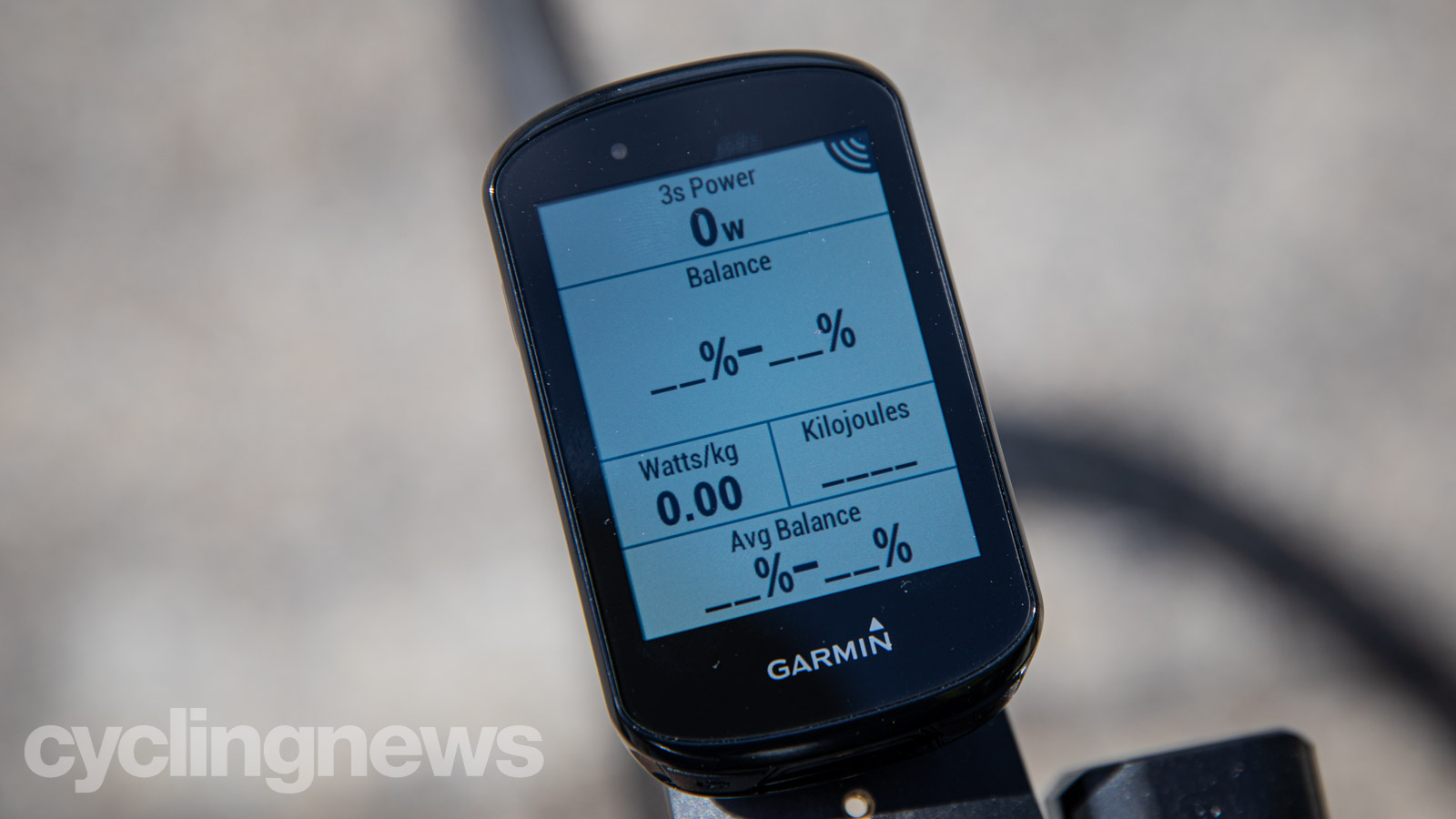
Design and aesthetics
Sitting out in front of your bars measuring 82 x 50 x 20mm the Edge 830 has a 2.6in colour touch screen. When placed next to the Edge 530, which was released at the same time, they are almost identical bar the buttons on the side, and the 830 weighs 82g on our scales. Battery life is claimed at 20-hours and, while I didn’t do a flat out longevity test, with a heart rate monitor, power meter and Varia Radar light connected, it lasted about 17-18-hours between charges.
The Edge 830 feels well finished and blends into your cockpit a bit better than larger units such as the Edge 1030 or Sigma Rox 12, but the screen is still big enough to display maps with enough detail to make them usable, and up to 12 data fields per page.

Speaking of the screen, not only is it brighter and higher in contrast than the Edge 1030, it is vastly more responsive, especially if you're wearing full-finger gloves. That said, heavy rain did cause the unit to try and drop pins and create waypoints as big droplets hit the screen with the mapping page open on a particularly wet ride. The touch screen also eliminates the button-mashing marathons you’d undertake with the 530 should you want to change a data field, or sync a sensor; a few swipes and taps and you’re away.
Ride experience
With a glut of connectivity and the ability to display more metrics than the majority of us have any idea how to use, the Edge 830 packs quite a lot into a medium-sized package.
With access to GPS, Glonass and Galileo satellite networks and a massive range of inbuilt metrics, the Edge 830 will track everything from speed time and distance to advanced power metrics such as L-R balance and TSS. Should the computer not natively record the data you're after, you’ll likely be able to find it in the Connect IQ store; there is everything from heart rate variability, to how many beers you've earned on your ride.
With built-in Bluetooth and ANT+, both of which support sensors, the Edge 830 should connect to just about any device you may already have. Interestingly I did have some troubles connecting to a Garmin HRM Dual strap which has worked fine with a range of other head units from various brands. For whatever reason, it was just this strap in particular that didn’t seem to speak the same language as the Edge 830. I had no trouble with other HR straps, electronic drivetrains, Quarq and Stages power meters, Varia radar and lights and Tacx and Wahoo smart turbo trainers.

The Bluetooth connection to my phone and Garmin Connect was about as reliable as a three-week weather forecast; however, subsequent firmware updates have shown vast improvements. From routes that wouldn’t sync across to the computer, even after plugging the device in with a USB cable, to a ride would not upload to Garmin Connect via Bluetooth; the first couple of months with the Edge 830 required more than one hard reset. To me, it almost felt like when the device was first launched, the firmware wasn’t quite out of the beta testing phase. However, in the last six months or so the device has become noticeably more reliable.
Where the 830 edges (pun intended) ahead of the 530 is in that you can create routes directly on the device using the touch screen. Whether it's round trip courses, addresses, points of interest or whatever else, the 830 can generate a route entirely on the device, using Garmin’s Trendline Popularity routing. Said to pick roads according to the brand's proprietary heat maps, in my experience, it seems to default to the most direct route.
As you’ll know from many of my other computer reviews, the best test I’ve found for popularity based routing systems is to have the computer make a course along the Darren Smith Memorial Route, here on Australia's Gold Coast. It’s arguably one of the most popular cycling routes in Southeast Queensland, and it also happens to run parallel to the Gold Coast Highway which is more direct, and busy with cars. You would think the Trendline Popularity routing would opt for the route which follows quieter roads, frequented by cyclists, however, that’s not the case. The Edge 830 has chosen the Gold Coast highway every time. So far, the only unit to earn a C average on this test is the Lezyne Mega XL, which created two potential routes, one of which followed quiet roads for 70 per cent of the way.

When you upload a course, whether it be from Garmin Connect, Strava, Komoot, Trail Forks or from a GPX file, is when the Edge 830 hits its stride. The turn-by-turn directions are clear, and the computer lets you know of upcoming hazards whether they be tight bends or single-lane bridges — it also does this when you’re not using navigation. Should you miss a turn, the Edge 830 will try and reroute you, but it usually opts for U-turns rather than attempting to rejoin the route later on.
One of the new features launched with the Edge 830 was ClimbPro, as well as heat and altitude acclimation. When following a course, the computer will automatically switch to the ClimbPro screen as you approach a big enough hill. The climb is broken up into colour-coded segments based on grade, and are overlaid on an elevation profile so you can see ahead of time how much those switchbacks at the top are going to hurt. ClimbPro also lets you know the distance and ascent remaining, so you don’t fall for the false summit trap.
Shortly after the Edge 830 was launched, Garmin announced a new training API which not only made it easier to sync workouts from services like Training Peaks, and Today’s Plan but made the prescribed intervals easier to digest and follow. I have been a fan of TrainerRoad’s ‘outside workout’ feature for a while, and with the Edge 830, the integration has been flawless — it even plays you a celebration song when you complete the session. Interestingly, syncing workouts across from TrainerRoad has been more reliable through my testing period than syncing routes with Garmin Connect.
Also new for the Edge 830 are the MTB stats and Trailorks integration. The MTB stats keep track of your airtime, how well you flow through singletrack and assigns a grit score to your route. The first is only useful for bragging rights; the latter two can be helpful to both XC and CX racers who are looking to improve lap times and the compare course difficulty. Especially with the flow score, you can see the corners where you may have grabbed a bit too much brake or had a sketchy moment and identify areas you can make up time.

The Trailforks integration is fantastic, too, and is miles ahead of similarly priced head units from other brands, as well as the Edge 1030 — the newly announced 1030 Plus has native Trailforks maps. Along with the base maps, your local mountain bike park is now on your computer with detailed trail maps along with their difficulty. The 830 also has what Garmin calls ForkSight, meaning if you stop on a mountain bike trail it will automatically swap to the map page and show you where you are. My local trail network at Nerang State Forest is an absolute maze, and even having lived on the Gold Coast for years I still get a bit turned around pretty regularly. ForkSight allows me to keep my phone in my pocket.
Carried over from the Edge 820 is the incident detection, using the built-in accelerometer if the computer thinks you’ve crashed, it triggers a countdown. If you aren’t able to turn it off before the computer reaches zero, your head unit will send a text message to a predefined emergency contact — provided you have phone service. On the 820, this feature was completely unusable and could be set off gradually slowing for a stop sign, and the Edge 1030 suffers from a degree of the same hypersensitivity. The 830 does show some improvement, but you can still set if off riding over a curb or fire road bashing on a gravel bike. Garmin still doesn’t seem to be able to nail this feature, and with competitors such as Wahoo adding support for the Specialized ANGi crash sensor, I can’t fathom why Garmin doesn’t follow suit. The result would be fewer panicked phone calls from my partner asking if I’ve crashed.
Once you finish your ride, the computer will spit out a bunch of information about how productive your ride was, training load, training stress and VO2 max information. This is thanks to Garmin adding Firstbeat software to its computers many moons ago, after a few weeks with a good number of rides to work with, the results it spits out are relatively useful — but should still be taken with a pinch of salt.
Verdict
Until the launch of the Garmin Edge 1030 Plus earlier this week, I would have said the Edge 830 was the brand’s top of the range head unit, even if the price didn’t reflect it. It does everything the Edge 1030 (non-plus) does and more, with a more responsive and brighter, albeit smaller, touch screen.
There is no hiding the fact that Garmin stumbled out of the blocks with the Edge 830, with widely reported issues surrounding data syncing, the device freezing and far more factory resets that a $399 / £349 / AU$599 computer should require. However, in recent months, the problems have faded into the background, and the head unit has become vastly more reliable.
With the plethora of training metrics, the new Training API and the mapping, the Edge 830 has definitely found its way onto my bikes more often than anything else. In recent years, when it’s come to spending my own money on bike computers, I have been a staunch Wahooligan; but, even with the tantrums the Edge 830 has thrown over the months, it has me rethinking that decision.
Tech spec: Garmin Edge 830
- Connectivity: ANT+, Bluetooth, WiFi
- Companion App: Yes
- Navigation: Garmin Maps
- Claimed battery life: 20-hours
- Weight: 82g (actual)
- Screen: 2.6in/89mm diagonal, full colour, touchscreen
Based on the Gold Coast of Australia, Colin has written tech content for cycling publication for a decade. With hundreds of buyer's guides, reviews and how-tos published in Bike Radar, Cyclingnews, Bike Perfect and Cycling Weekly, as well as in numerous publications dedicated to his other passion, skiing.
Colin was a key contributor to Cyclingnews between 2019 and 2021, during which time he helped build the site's tech coverage from the ground up. Nowadays he works full-time as the news and content editor of Flow MTB magazine.
